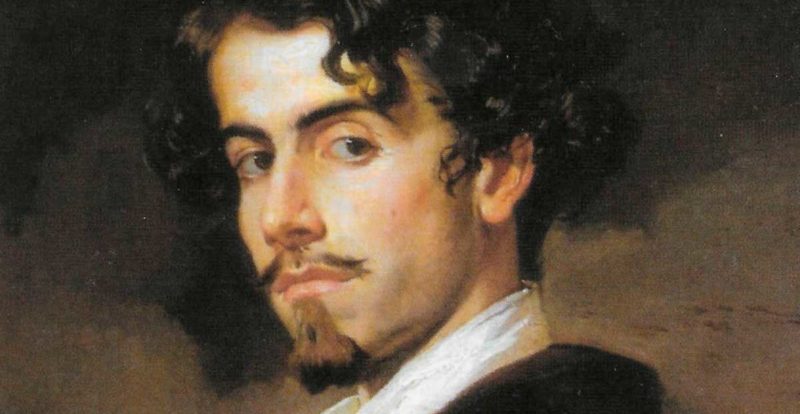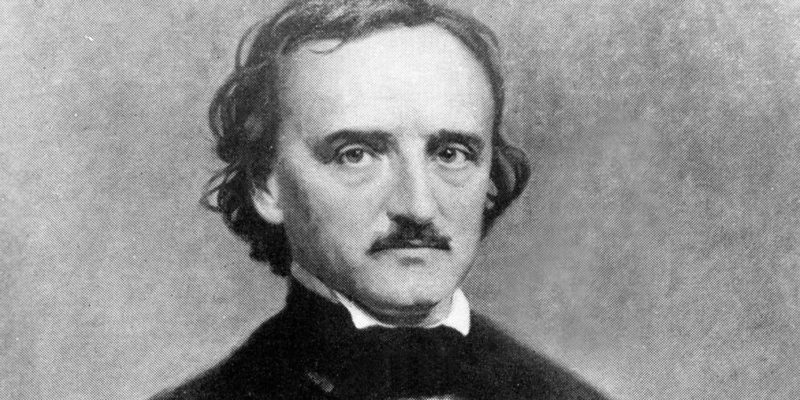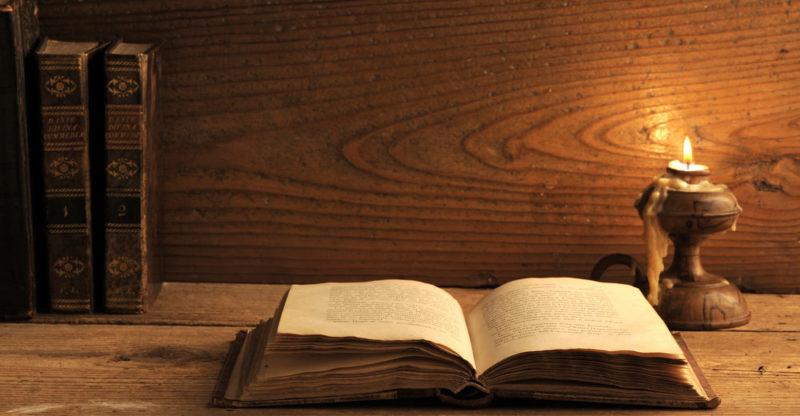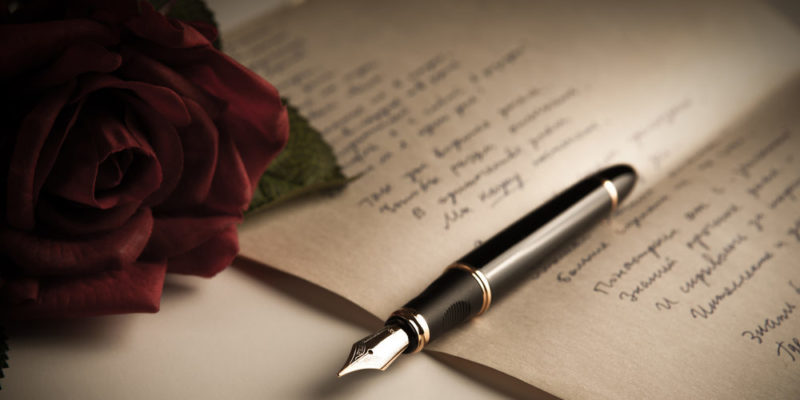We explain what literary romanticism is and its national aspects. Also, what are its general characteristics and authors.
What is literary romanticism?
Romanticism was an artistic movement aesthetic, philosophical and emerged in Europe in the eighteenth century as opposed to the rationalist approaches and cosmopolitanism of the Enlightenment French, as well as the society that the nascent capitalist bourgeoisie was building. Literary Romanticism is, of course, its literary branch and one of the most important of the movement.
The literature romantic echo of the so-called "Romantic Spirit" was made, which contrasted the rationalist's guidelines a clear emphasis on artistic subjectivities, the inspiration, and the dream, the original as evidence of the unique spirit of man. Similarly, Greco-Latin imaginary and local folklore, hand in hand with nationalism, had their place in this movement.
Literary romanticism had its heyday at the beginning of the 19th century, in the middle of the entry into contemporary modernity, and exerts its aesthetic influence until today, although it had its decline towards the end of the same century and gave way to other literary aspects such as symbolism and Parnassianism.
Characteristics of literary romanticism :
The natural and the tradition
 Romantic literature privileged pre-industrial themes, seeing in rural life and the return to the countryside a refuge for originality and artistic passion, opposed to the rational coldness of homogeneous cities.
Romantic literature privileged pre-industrial themes, seeing in rural life and the return to the countryside a refuge for originality and artistic passion, opposed to the rational coldness of homogeneous cities.His stories often drew on folk traditions, the Greco-Roman mythological tradition, or similar imaginations.
National and popular
Where the French illustration saw the cosmopolitan and the universality of man from his rational spirit, that is, it tried to find universal patterns of the human mind, romanticism valued the national, the individual, and the popular, preferring to recover forgotten local traditions, betting on the values of yesteryear and not on the "progress" embodied in science.
-
Destiny
The romantic artist
 Romanticism opposed inspiration and divine rapture, as ways of connecting the artist to a certain transcendence, to the professionalization of art, and the illustrated precepts that sought to find patterns for aesthetic creation.
Romanticism opposed inspiration and divine rapture, as ways of connecting the artist to a certain transcendence, to the professionalization of art, and the illustrated precepts that sought to find patterns for aesthetic creation.The romantic artist was a being enlightened or tormented by his sensibilities and who lived his existence through a full commitment to the individual, unique and original creative genius.
National slopes
 Romanticism was extremely popular in Europe and later in America, a continent to which it would arrive late but strongly, especially in Latin America. Given its nationalist interests, it is usually studied by country, the main ones being:
Romanticism was extremely popular in Europe and later in America, a continent to which it would arrive late but strongly, especially in Latin America. Given its nationalist interests, it is usually studied by country, the main ones being:
- German romanticism. The first to originate and thanks to which the movement spread in Europe.
- French romanticism. It had its peak during the nineteenth century and made use of Provencal languages and the French tradition prior to the Revolution and rationalist thought.
- English romanticism. Of the best known and most celebrated, it emerged almost at the same time as in Germany and manifested a certain attachment to the Middle Ages and its stories, the historical novel, and distrust of the nascent empire of human science.
- Spanish romanticism. Given the history of obscurantisms in Spain, romanticism arrived late and sustained a more intimate aspect, little given to social and political issues, which emerged in the second half of the 19th century.
- Italian romanticism. It sustained much inspiration from Germany, so much so that the first modern Italian novel, written in this period, was made in the image and likeness of the German Werther.
- Russian romanticism. Very important because it authorized the Russian language to literary creation, something that was not in style until its arrival at the beginning of the 19th century, with its great epic and nationalist poems.
- American romanticism. It was led mainly by the figure of Edgar Allan Poe and his followers, giving rise to the detective story and the Gothic novel.
- Latin American romanticism. Throughout its different countries, the Latin American continent was prolific during its romantic times, closely linked to the nationalist political spirit and poetic lyrics. It stood out especially in countries such as Mexico, Argentina, Colombia, Cuba, and Venezuela.
Most prominent authors
Among the myriad names associated with romanticism, which was also a long-lived movement, we can highlight the following:
- German romantics. Johan Wolfgang von Goethe, Novalis, Friedrich Schiller, Friedrich Hölderlin, Heinrich Heine, and Georg Büchner.
- English romantics. William Blake, William Wordsworth, John Keats, Percy Bysshe Shelley, and his wife Mary Shelley, Samuel Taylor Coleridge, Lord Byron, Thomas de Quincey, and Walter Scott.
- French romantics. Jean-Jacques Rousseau, Francois-René de Chateaubriand, Víctor Hugo, Gérard de Nerval, Alexandre Dumás (father and son) and George Sand.
- Italian romantics. Ugo Foscolo, Giácomo Leopardi and Alessandro Manzoni.
- Russian romantics. Alexandr Pushkin, Vasili Zhukovski, Konstantin Batyushkov, Kondrati Ryléyev and Dmitri Venevítinov.
- American romantics. Edgar Allan Poe, James Cooper, Henry David Thoreau.
- Latin American romantics. Esteban Echeverría, José Hernández, Domingo Faustino Sarmiento, Juan Moreira (Argentines); José Eusebio Caro, Jorge Isaacs and Rafael Pombo (Colombians); Manuel Acuña and Mariano Azuela (Mexican); José María Heredia and José Martí (Cubans); Alberto Blest Gana (Chilean); Eduardo Blanco, Juan Antonio Pérez Bonalde (Venezuelans).
-
Most cultivated genres

Romantic literature was lavish in works, especially of the poetic genre, and in the narrative, the novel, the European genre par excellence, predominated more than anything else. However, the theater was also well received by romantic approaches, which saw their ancestral political tradition.
-
Point
In this prologue, literary formulas and conventions are rejected and the importance of imagination, subjectivity, and feeling for poetic creation is declared.
Romance
 The decline of romanticism and the proliferation of authors who tried to copy or emulate its spirit without having it gave meaning to the term "romantic" that was associated with sentimental flourishes, kitsch, and love stories. Thus the term "romantic" was distorted, as it is used, for example, in the "romantic comedy" of film and television.
The decline of romanticism and the proliferation of authors who tried to copy or emulate its spirit without having it gave meaning to the term "romantic" that was associated with sentimental flourishes, kitsch, and love stories. Thus the term "romantic" was distorted, as it is used, for example, in the "romantic comedy" of film and television.
Other artistic genres
Romanticism was an important school especially in painting and music, in addition to the literature.
The above content published at Collaborative Research Group is for informational and educational purposes only and has been developed by referring to reliable sources and recommendations from technology experts. We do not have any contact with official entities nor do we intend to replace the information that they emit.
MA student of the TransAtlantic Masters program at UNC-Chapel Hill. Political Science with a focus on European Studies. Expressed ideas are open to revision. He not only covers Technical articles but also has skills in the fields of SEO, graphics, web development and coding. .
Leave a reply
Your email address will not be published. Required fields are marked *Recent post

Sport: What Is It, Types, Risks, Features, Characteristics and Examples

Dogs: Emergence, Features, Characteristics, Feeding and Breeds

Story: Definition, Elements, Structure, Features and Characteristics

